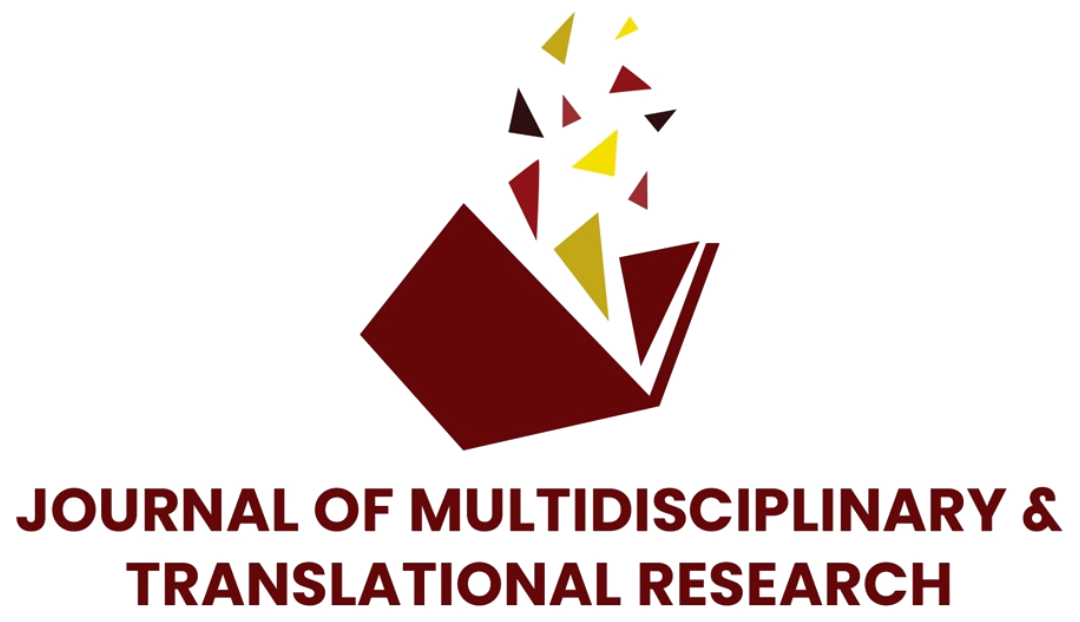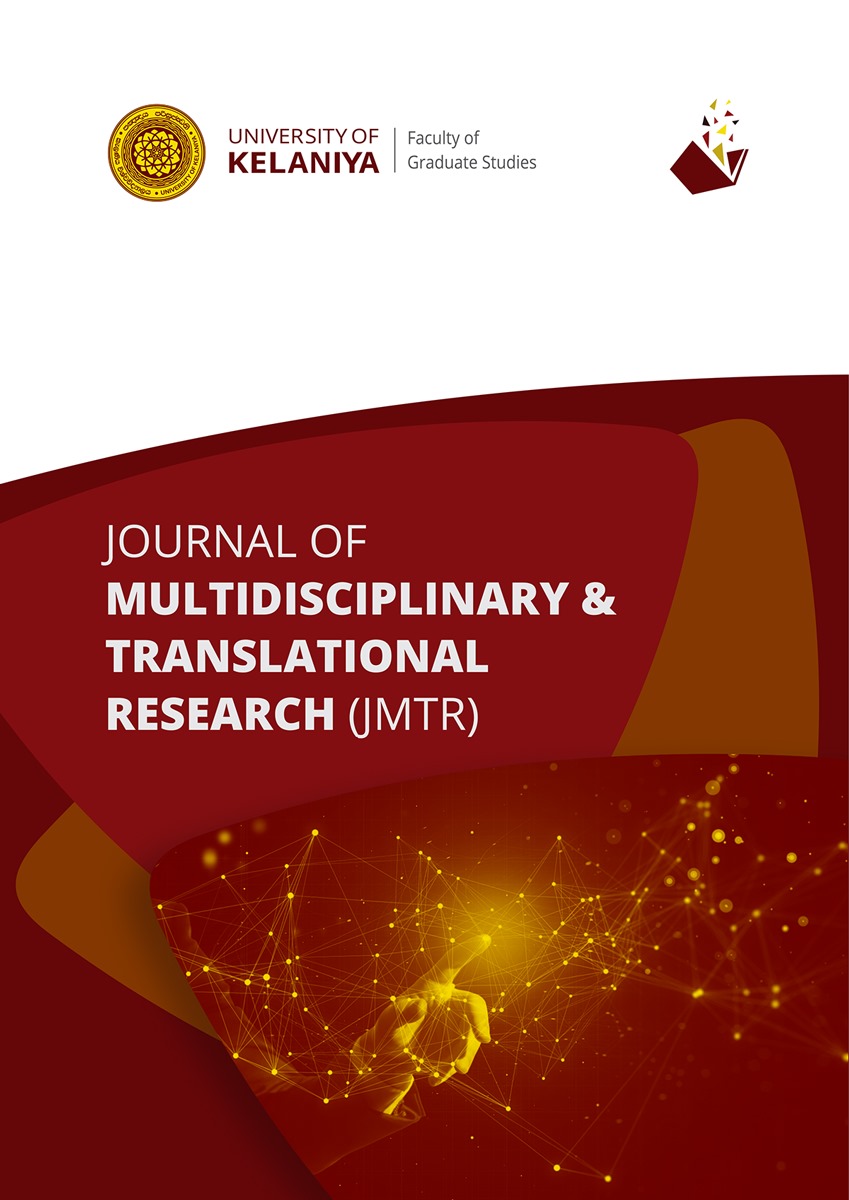Digital preservation policy
JMTR ensures the long-term preservation of its published content. All articles are assigned a Digital Object Identifier (DOI) and archived in LOCKSS / CLOCKSS / Portico / University Repository.
In addition, copies of all published issues are deposited in the University of Kelaniya Institutional Repository.
Journal of Multidisciplinary and Translational Research is committed to the long-term preservation of its content. All the published contents are preserved in the Journal's own cloud space to warrant that these materials remain accessible to future scholars, researchers, and students. This guarantees that in case of website failures, virus invasions or when there is a natural calamity, fire, and other manmade destructions, the files are preserved for the end users.
In addition, copies of all published issues are deposited in the University of Kelaniya Institutional Repository.
Journal of Multidisciplinary and Translational Research is committed to the long-term preservation of its content. All the published contents are preserved in the Journal's own cloud space to warrant that these materials remain accessible to future scholars, researchers, and students. This guarantees that in case of website failures, virus invasions or when there is a natural calamity, fire, and other manmade destructions, the files are preserved for the end users.
Journal of Multidisciplinary and Translational Research, periodically performs the following tasks to guarantee the preservation of digital files:
1. Backups – digital archive/cloud space/institutional infrastructure/external system (LOCKSS, CLOCKSS, PORTICO)/Google drive
2. Maintenance and update of servers
3. Digital preservation of metadata - metadata is any secondary information about a digital record that makes it easier to find and use that record. Metadata exists in several forms: some forms are machine-readable, others are created for humans to read, and some are a combination of both.
4. Use of Digital Object Identifier (DOI)
1. Backups – digital archive/cloud space/institutional infrastructure/external system (LOCKSS, CLOCKSS, PORTICO)/Google drive
2. Maintenance and update of servers
3. Digital preservation of metadata - metadata is any secondary information about a digital record that makes it easier to find and use that record. Metadata exists in several forms: some forms are machine-readable, others are created for humans to read, and some are a combination of both.
4. Use of Digital Object Identifier (DOI)
Ethical Standards
The JMTR encourages ethical conduct of research and publication practices. Authors must ensure that their work is unique, well-cited, and devoid of any conflicts of interest. They must maintain peer review confidentiality, respond professionally to input, and remedy errors swiftly. These guidelines ensure the integrity and trustworthiness of the journal's published research.
Plagiarism, falsification, and fabrication of data are strictly prohibited. Authors must disclose any conflicts of interest and provide proper acknowledgement of funding sources. Turnitin or other software will be used by the editorial team to check for similarities between submitted manuscripts with existing literature. The maximum allowed similarity index is 20%.
Feedback and Corrections
The journal values feedback from readers, authors, and reviewers. The feedback are used to enhance the quality of published articles and the editorial process. Authors are expected to address feedback and cooperate with the editorial team to promptly correct errors or inaccuracies in published articles. This commitment to transparency and accountability ensures the integrity and the credibility of the journal.



